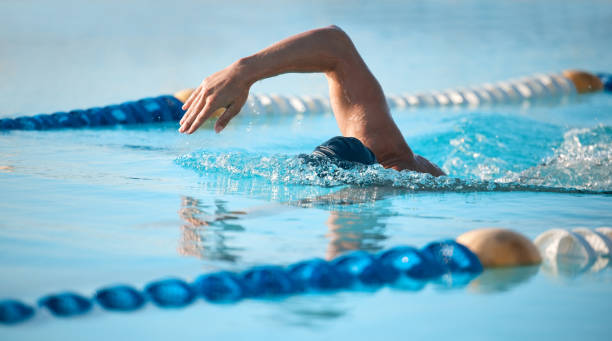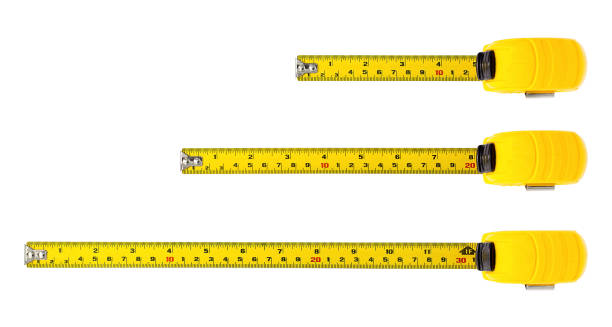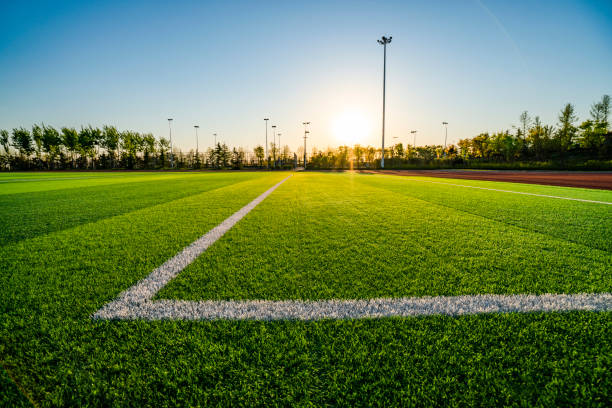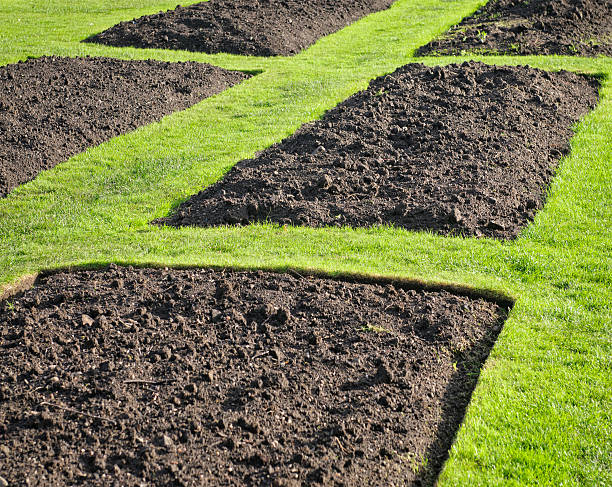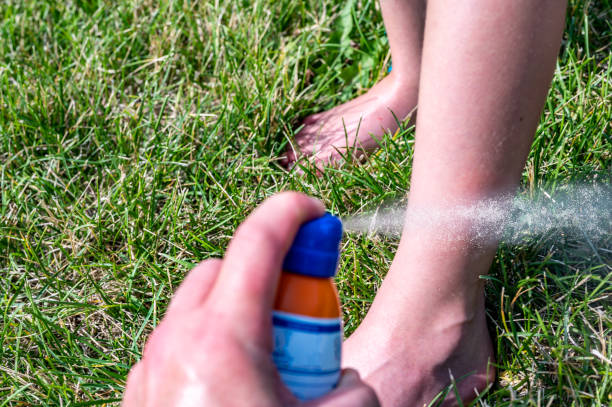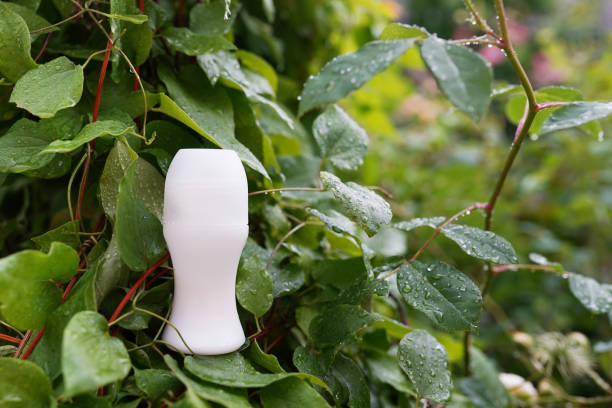How Many Laps is 300 Yard?
This post contains affiliate links. This means I will make a commission at no extra cost to you should you click through and make a purchase. Read the full disclosure here.How Many Laps is 300 Yards?
Swimming is a popular activity for both fitness and recreation. When it comes to swimming in a pool, laps are commonly used to measure distances. If you’re wondering how many laps make up 300 yards, this article will provide you with the answers. We’ll explore lap swimming, conversion factors for yards and meters, different swimming strokes, and more. So let’s dive in!
Understanding Laps and Yards
In swimming, a lap refers to the distance swum from one end of the pool to the other and back. A standard lap pool typically has a length of 25 yards, although some pools may be longer or shorter. It’s essential to know the length of the pool you’re swimming in to accurately determine the number of laps required to cover a specific distance.
Conversion Factors for Yards and Meters
Before we delve into the specific number of laps for 300 yards, it’s important to understand the conversion between yards and meters. In competitive swimming, meters are commonly used in international events, while yards are more prevalent in the United States. The conversion factor is as follows:
- 1 yard = 0.9144 meters
- 1 meter = 1.09361 yards
Keep these conversion factors in mind if you come across pools or events measured in meters.
Calculating Laps in a Pool
To determine the number of laps needed to cover a particular distance, you divide the distance by the length of the pool. In this case, we want to find out how many laps make up 300 yards. Assuming we’re swimming in a standard 25-yard pool, we can calculate the answer:
300 yards ÷ 25 yards = 12 laps
Therefore, to cover a distance of 300 yards, you would need to complete 12 laps in a 25-yard pool.
Laps in Different Swimming Strokes
Swimming offers various strokes, including freestyle, backstroke, breaststroke, and butterfly. Each stroke has its own technique and may have different optimal distances for training or competition. The number of laps required to cover a specific distance will depend on the stroke you’re swimming.
For example, if you’re swimming freestyle, the most common stroke for lap swimming, the calculations we discussed earlier would apply. However, some swimmers may choose to swim different strokes or alternate between strokes during their swim session. In that case, the number of laps required may vary due to the different stroke lengths and efficiencies.
Laps for Competitive Swimming Events
Competitive swimming events are usually held in either yards or meters, depending on the region and governing body. The most common distances for events include 50, 100, 200, 400, 800, and 1500 meters or yards. The number of laps required for these events will vary depending on the pool’s length and the specific distance.
To determine the number of laps for a competitive swimming event, divide the distance by the length of the pool. Let’s take an example of a 200-yard freestyle race in a standard 25-yard pool:
200 yards ÷ 25 yards = 8 laps
In this case, you would need to swim 8 laps to cover a distance of 200 yards.
Laps for Fitness and Exercise
Swimming laps can be a great way to improve your cardiovascular fitness, strength, and overall health. Whether you’re swimming for exercise or trying to achieve a specific fitness goal, the number of laps will depend on your individual abilities and goals. It’s recommended to start with a manageable number of laps and gradually increase the distance as your fitness level improves.
Benefits of Lap Swimming
Lap swimming offers numerous benefits for both physical and mental well-being. Some of the advantages include:
- Low-impact workout: Swimming is gentle on the joints, making it suitable for people with joint pain or injuries.
- Full-body workout: Swimming engages multiple muscle groups, providing a comprehensive workout.
- Cardiovascular fitness: Regular lap swimming can improve heart and lung health.
- Weight management: Swimming is an effective calorie-burning activity, aiding in weight loss or maintenance.
- Stress relief: The rhythmic movement and water environment can promote relaxation and reduce stress levels.
Techniques for Counting Laps
Counting laps while swimming can sometimes be challenging, especially if you’re swimming for an extended period or focusing on your technique. Here are a few techniques to help you keep track of your laps:
- Use a lap counter: Invest in a lap counter device or wearable technology specifically designed for swimmers. These devices can automatically count your laps, freeing you from manual tracking.
- Visualize the laps: Mentally visualize each lap as you swim, keeping track of the number completed.
- Use a kickboard or pull buoy: By pushing off the wall with a kickboard or using a pull buoy, you can separate your laps into sets, making it easier to count.
Experiment with different techniques to find the one that works best for you.
Lap Swim Etiquette
When swimming laps in a shared pool, it’s important to follow lap swim etiquette to ensure a safe and enjoyable experience for everyone. Here are some essential guidelines:
- Choose an appropriate lane: Select a lane that matches your swimming speed to avoid congestion or impeding others.
- Circle swimming: In a crowded pool, always swim in a counter-clockwise direction, staying to the right side of the lane.
- Passing etiquette: If you’re faster than the swimmer ahead, gently tap their foot and wait for them to let you pass at the wall.
- Resting at the wall: Move to the side of the lane when resting, allowing others to continue swimming without interruption.
- Communicate and be aware: Use hand signals, nod, or communicate verbally to avoid collisions or confusion.
By following these guidelines, you can contribute to a positive lap swimming environment.
Lap Swim Safety
Safety is paramount when engaging in any physical activity, including lap swimming. Here are some safety tips to keep in mind:
- Learn to swim: Ensure you have basic swimming skills and are comfortable in the water.
- Warm-up and cool-down: Begin and end your swim session with a gentle warm-up and cool-down to prevent injury.
- Stay hydrated: Drink water before and after your swim to stay hydrated, even if you don’t feel thirsty.
- Pool rules and lifeguards: Familiarize yourself with the pool rules and regulations. If available, swim in pools with lifeguards on duty.
- Personal safety equipment: If necessary, use appropriate safety equipment such as goggles, swim caps, and flotation devices.
Prioritizing safety will help you enjoy lap swimming without any preventable accidents or injuries.
Lap Swim Gear and Equipment
Having the right gear and equipment can enhance your lap swimming experience. Here are some essentials:
- Swimwear: Choose a comfortable and well-fitting swimsuit that allows freedom of movement.
- Goggles: Protect your eyes from chlorine and improve visibility underwater.
- Swim cap: A swim cap helps reduce resistance and keeps your hair out of your face.
- Kickboard or pull buoy: These tools can be used for drills, isolating specific muscle groups, or providing buoyancy support.
- Waterproof watch or timer: Keep track of your swim duration or set intervals with a waterproof watch or timer.
Investing in quality gear can make your lap swimming sessions more enjoyable and efficient.
Common Challenges and Solutions
During your lap swimming journey, you may encounter some challenges. Here are a few common challenges and potential solutions:
- Breathing technique: Breathing while swimming can be difficult for beginners. Practice proper breathing techniques, such as exhaling underwater and inhaling when your face is out of the water.
- Stamina and endurance: Building endurance takes time. Gradually increase your swimming distance and duration to improve stamina.
- Monotony: Swimming laps can become monotonous. Incorporate interval training, drills, or different strokes to add variety to your workouts.
- Shoulder or muscle strain: Improper technique or overexertion can lead to shoulder or muscle strain. Focus on maintaining good form and listen to your body. Incorporate rest days and cross-training activities to prevent overuse injuries.
By identifying and addressing these challenges, you can continue to progress in your lap swimming journey.
Lap Swim Tips for Beginners
If you’re new to lap swimming, here are a few tips to help you get started:
- Start slow: Begin with a distance that feels comfortable for you, and gradually increase it as you gain confidence and strength.
- Seek guidance: Consider taking swimming lessons or consulting with a swim coach to improve your technique and efficiency.
- Focus on form: Prioritize good technique over speed. Practice proper body alignment, breathing, and stroke mechanics.
- Rest and recover: Allow yourself ample rest and recovery time between swim sessions, especially in the beginning stages.
- Set goals: Establish realistic and achievable goals for your lap swimming progress, whether it’s increasing distance, improving speed, or mastering a new stroke.
Remember, consistency and patience are key when starting any new activity, including lap swimming.
Conclusion
In conclusion, 300 yards is equivalent to 12 laps in a standard 25-yard pool. The number of laps required to cover a specific distance may vary depending on the length of the pool and the swimming stroke being used. Lap swimming offers a multitude of benefits for fitness, cardiovascular health, and overall well-being. By following lap swim etiquette, prioritizing safety, and using appropriate gear and equipment, you can make the most out of your lap swimming sessions. So jump in, enjoy your swim, and reap the rewards of this fantastic exercise!
FAQs
Q1: How long does it take to swim 300 yards?
The time it takes to swim 300 yards can vary depending on individual factors such as swimming ability, technique, and fitness level. Competitive swimmers may complete this distance in a matter of minutes, while recreational swimmers may take longer.
Q2: Can I swim laps for weight loss?
Yes, swimming laps can be an effective form of exercise for weight loss. It provides a full-body workout that burns calories and promotes cardiovascular fitness. However, combining swimming with a healthy diet and overall lifestyle is crucial for successful weight loss.
Q3: How can I improve my lap swimming speed?
To improve your lap swimming speed, focus on technique, strength, and endurance. Work on your stroke mechanics, incorporate interval training, and gradually increase your swimming distance and intensity over time.
Q4: Can I swim laps if I’m a beginner?
Absolutely! Lap swimming is suitable for beginners. Start at your own pace, gradually increase the distance and intensity, and seek guidance if needed. Taking swimming lessons or working with a swim coach can help you develop proper technique and confidence in the water.
Q5: How often should I swim laps?
The frequency of your lap swimming sessions will depend on your goals, fitness level, and availability. Aim for at least two to three sessions per week to see improvements in your swimming abilities and overall fitness. Remember to listen to your body and allow for adequate rest and recovery between sessions.

